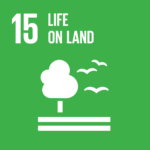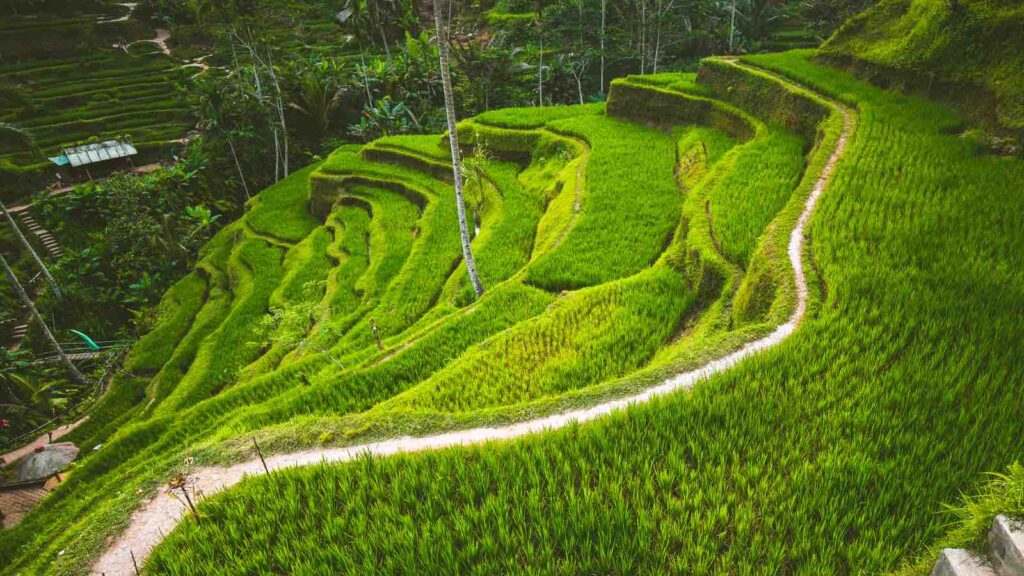The Subak system, which dates back to the 9th century, is a complex network of canals, tunnels, weirs and terraced paddy fields that divert water from Bali’s volcanic rivers.
BALI, Indonesia — The United Nations’ cultural agency has reaffirmed its commitment to preserving one of Indonesia’s most celebrated and enduring traditions: the Subak irrigation system that has sustained rice production on the island of Bali for over a millennium.
RELEVANT SUSTAINABLE GOALS



Speaking at the World Water Forum held in Bali this week, Xing Qu, a deputy director general of UNESCO, underscored the importance of protecting invaluable water heritage like the Subak as part of broader efforts to tackle 21st-century water challenges.
“Protecting water-related cultural heritage, like Subak, is crucial to addressing these issues,” Mr. Qu told forum attendees on Wednesday. “We cannot let these prized traditions be lost or degraded.”
The Subak System
The Subak system, which dates back to the 9th century, is a complex network of canals, tunnels, weirs and terraced paddy fields that divert water from Bali’s volcanic rivers and channels it with remarkable precision to nourish the island’s verdant rice fields.
But it is more than just feats of ancient hydraulic engineering. The Subak represents an interweaving of spiritual, religious and cultural traditions centered around the deification of irrigation and water temples. A unique form of participatory agriculture management has perpetuated the system’s survival through centuries of eruptions, droughts and outside political forces.
To ensure Subak’s future, UNESCO inscribed the system as a World Heritage site in 2012, citing it as a remarkable example of an ancient philosophical concept of the “Cultural Landscape.” The designation aims to preserve not only the man-made physical structures but the living cultural traditions that accompany the decentralized system of water management.
In Bali’s agricultural heartlands, the agency has aided efforts to restore and maintain sections of canals and aging temples. It has also facilitated knowledge exchanges between the peasant “subak” collectives that tend the irrigation networks.
Lead image of Tegalalang rice terrace in The Ubud, Bali courtesy of Goinyk Production
You may also be interested in :
Reviving Wetlands To Starve Off Water Crisis In South Sumatra


